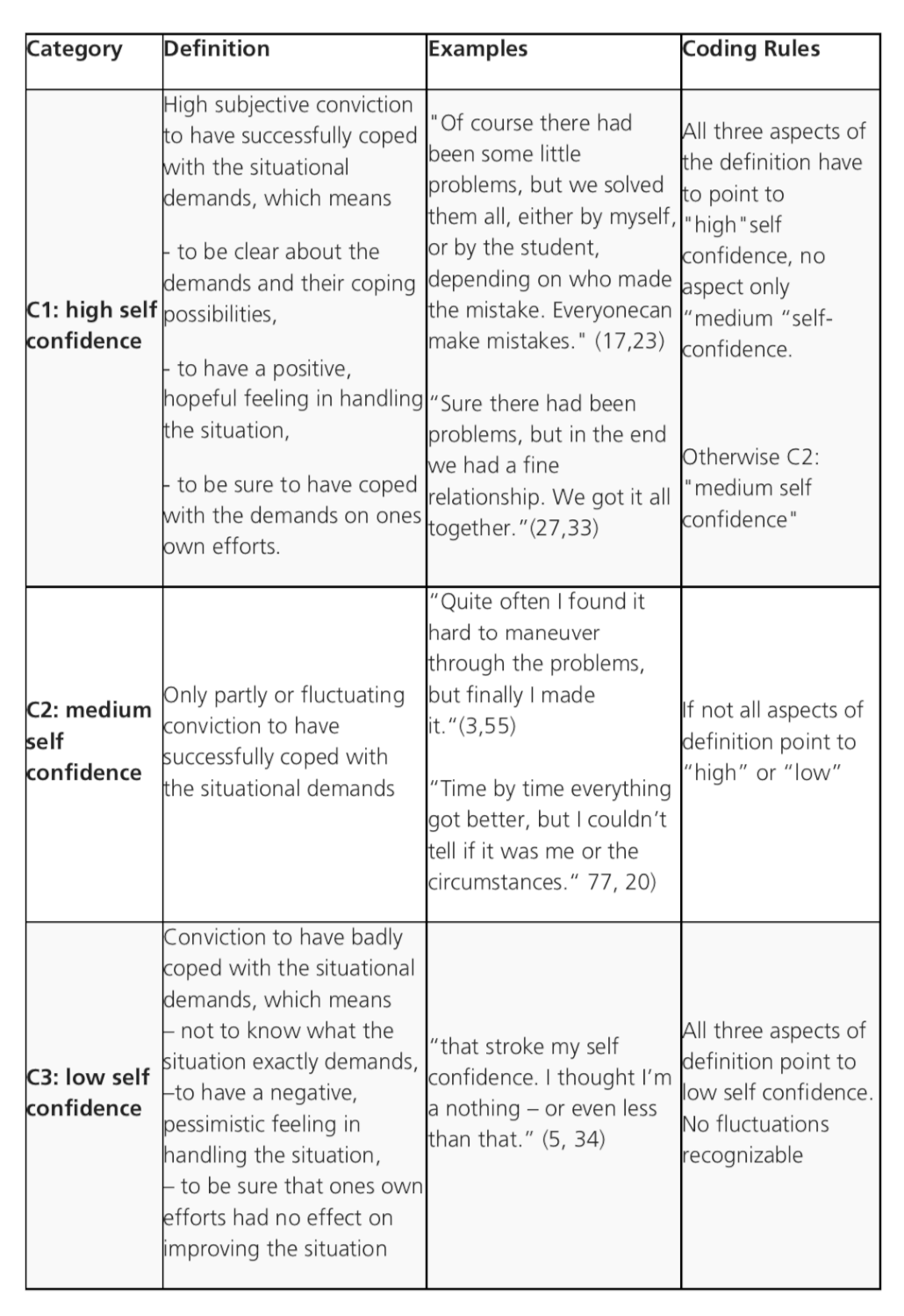
This also allows people to challenge your assumptions and builds confidence in research results.


“What do you think of the design and experience of a research tool?” Qualitative data analysis is used to understand our environment better, and provides a deeper understanding of what we observe. “Design A is rated more favorably among Management Consultants than Design B.” Quantitative data analysis tests hypotheses: Today, a large amount of policy making depends on qualitative research. Its qualitative counterpart only took off with the advent of the social sciences in the mid 1900’s, but is no less scientific. Humans have been counting, performing calculations and using quantitative methodology for thousands of years. Introduction to Qualitative Data Analysis Data Analysis Tools in Qualitative Research.Create a Report & Share Your User Research Findings.

Build Narratives with Your Research Insights.Use Graphs to Visualize Your Qualitative Data.Tagging, Coding or Labeling During Your User Interviews.The User Researcher’s Guide to Analyzing Qualitative Data The faster you analyze your data, the faster you gain valuable insights about your users.
#Qualitative codebook template how to
We then run through a real-life example of how to effectively tag with a user research tool to conduct a quick and efficient analysis. With a little advance preparation, you can save time and reach insights faster.įirst, we break down how important tagging is to analyzing qualitative research. The real work starts before carrying out a user interview.ĭata collection and tagging should go hand-in-hand to set your research up for success. Collecting qualitative data isn’t the beginning of a researcher’s journey.


 0 kommentar(er)
0 kommentar(er)
